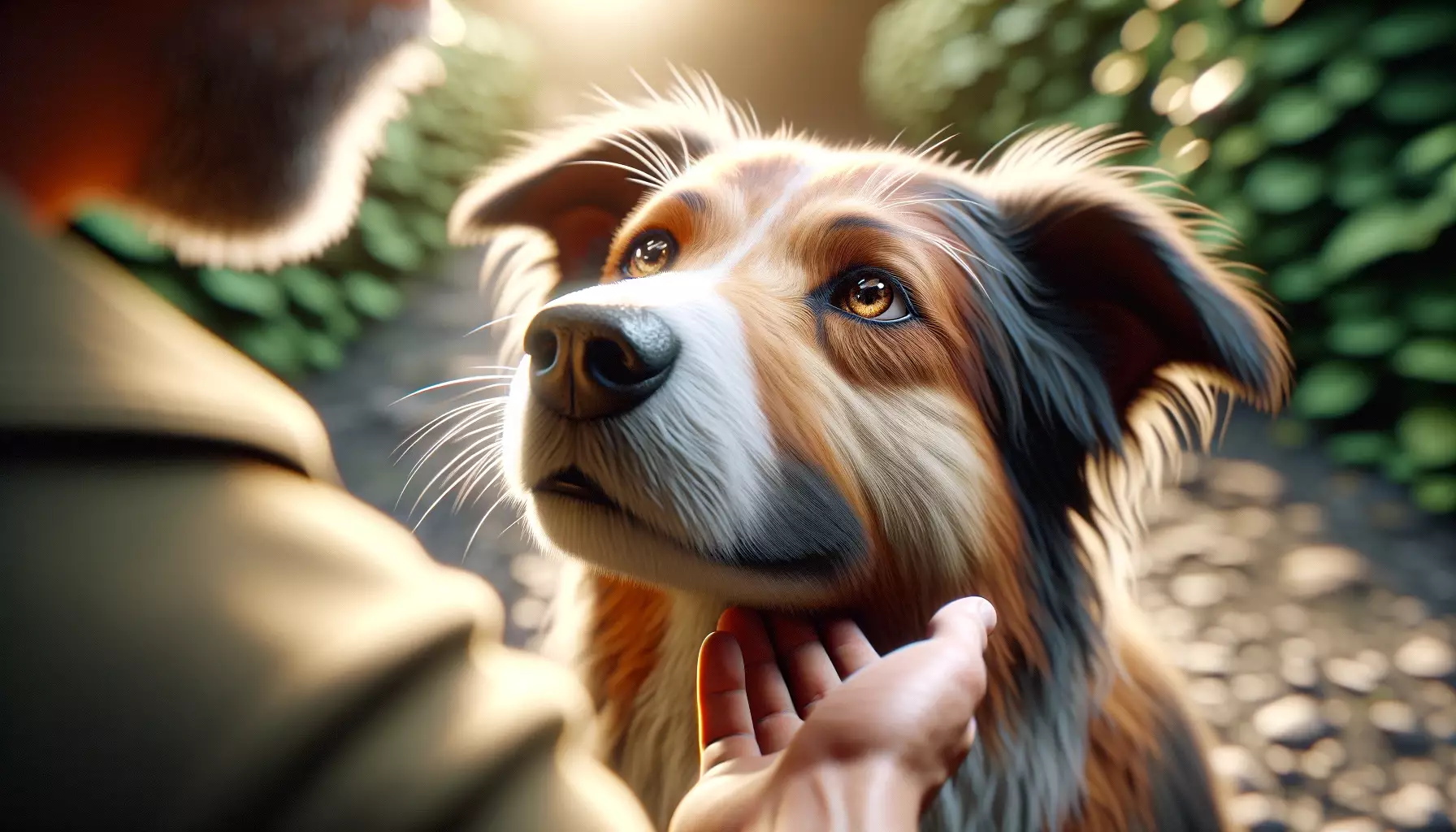For centuries, dogs have been our loyal companions, evolving from wild wolves to beloved household pets. This profound bond is far more than mere companionship; it’s steeped in emotional connections and shared experiences. Understanding the intricacies of this relationship is essential, especially when it comes to establishing a healthy framework of mutual respect and leadership. Unlike traditional understandings of dominance, modern interpretations reveal that effective leadership in a human-dog relationship hinges on empathy, guidance, and a clear structure that meets a dog’s inherent needs.
The Leadership Mindset: Why It Matters
A common misconception is that being an alpha equates to brute dominance. In reality, the essence of effective leadership encompasses nurturing a dog’s trust and reliance on you. This mindset is vital in fostering a harmonious atmosphere where your dog feels secure and valued. Knowing how your dog perceives you can have a tremendous impact on both training and daily interactions. Here, we delve into seven compelling traits that illustrate your dog’s recognition of you as a leader, each backed by observable behavior and emotional signals.
1. Obedience as an Expression of Trust
One of the most striking indicators that your dog respects you as their leader is their responsiveness to your commands. Whether it’s the simple act of sitting or more complex cues, a dog that autonomously listens without hesitation showcases their deep-rooted trust and acknowledgment of your guidance. Remember, unwavering obedience is not a mere compliance; it’s an affirmative recognition of your role as their protector and guide.
2. Body Language: The Key to Understanding
Your dog’s body language can serve as an insightful window into their perception of your relationship. When a dog adopts a posture of calm submission—lowered ears, avoiding direct eye contact, or lying on their back—it’s a clear indication of trust. This openness demonstrates their comfort around you and an innate understanding of your position as the alpha. Humans often overlook these cues, but understanding them can create a stronger emotional bond.
3. Seeking Approval: The Permission Factor
Another defining trait of an alpha-dog relationship lies in the dog’s behavior regarding seeking approval. Dogs that routinely look to you for direction—whether it’s before eating, going outside, or even jumping onto furniture—demonstrate their acknowledgment of your leadership role. This instinctual need for validation further emphasizes the significant bond you share. Such actions reinforce your influence and help set constructive behavioral expectations.
4. The Shadow Effect: Following Their Leader
A dog that closely follows you around the house doesn’t merely exhibit a desire for companionship; they instinctively recognize you as their leader. This behavior reflects the pack mentality rooted deep within canine evolution. Your dog’s willingness to remain near you signifies their trust and belief in your role as the decision-maker, further solidifying your standing as their authoritative figure.
5. Vigilant Protector: The Guarding Instinct
It’s inherent for dogs to be protective, but those that perceive you as their alpha often go above and beyond to ensure your safety. A dog that positions themselves between you and a perceived threat is demonstrating their acknowledgment of your leadership. This protective instinct reinforces the faith they have in you while simultaneously showcasing their role in the pack, as guardianship stems from a deep-seated blend of loyalty and reverence.
6. Sharing as an Act of Trust
A dog that willingly relinquishes their toys or food when you request it is expressing a sense of respect and trust that runs deep. This behavior underscores the hierarchy within canine social structures, where the alpha holds authority over resources. When your dog forgoes their belongings in your presence, it’s a clear manifestation of their understanding of your leadership role and their comfort in that relationship.
7. Building Leadership with Empathy
Recognizing these signs is only the first step in the empowering journey toward a solid dog-human bond. Being an effective leader doesn’t involve authoritarian control; it requires clear boundaries, consistent training, and a profound understanding of your dog’s emotional landscape. It’s essential to cultivate a nurturing environment where both you and your dog thrive emotionally. Using positive reinforcement and patience while imparting crucial skills will strengthen your connection, ensuring that your role as the alpha reflects care, compassion, and mutual respect.
Through understanding the aspects of canine behavior embedded in their instincts and emotions, you can create a transformative relationship that goes beyond human dominance. Instead, it becomes a partnership marked by love, trust, and a shared life of joy and discovery. The heart of leadership with dogs rests upon empowerment—enabling them to feel valued and secure as they navigate the challenges of life with their human counterparts.


Leave a Reply